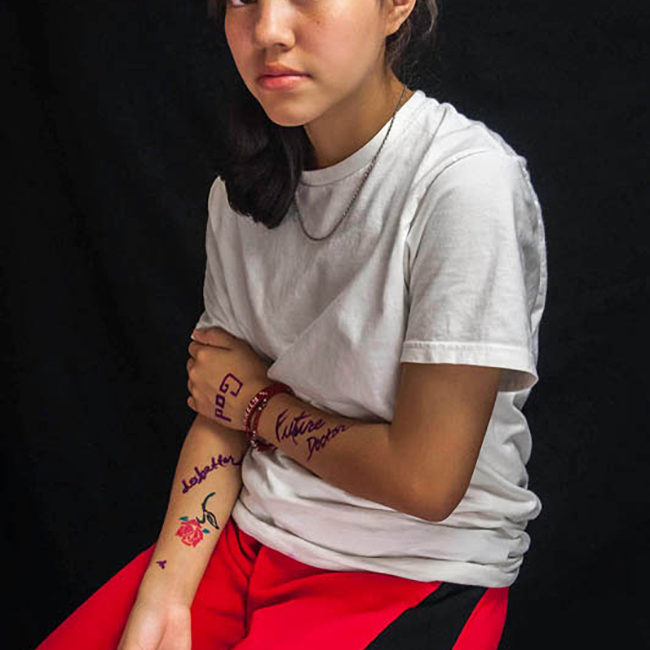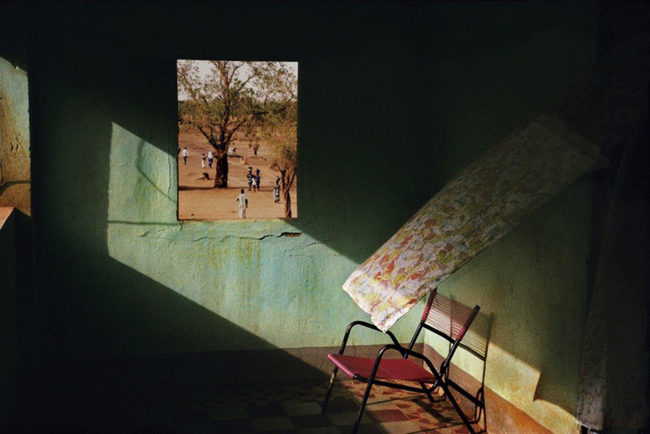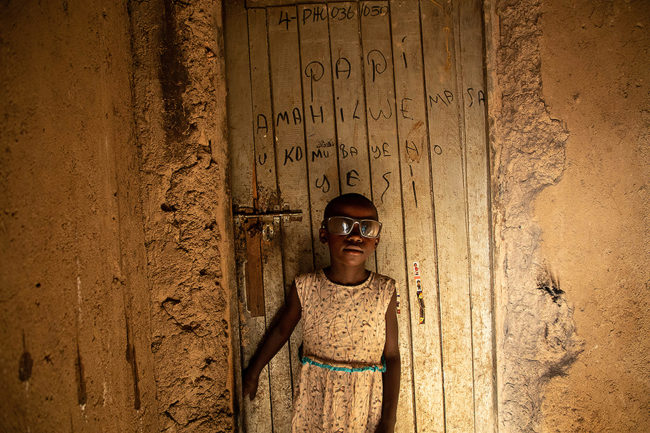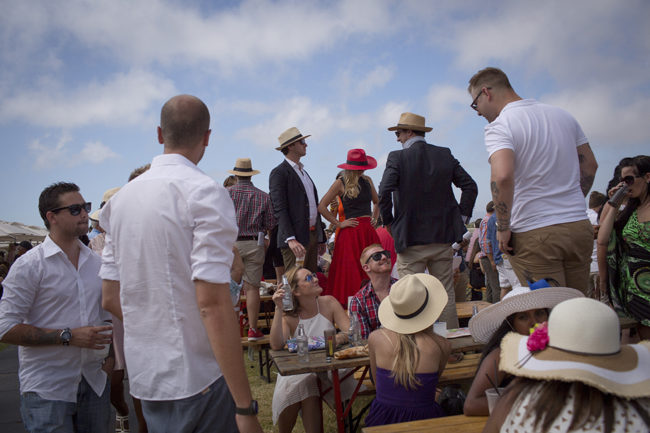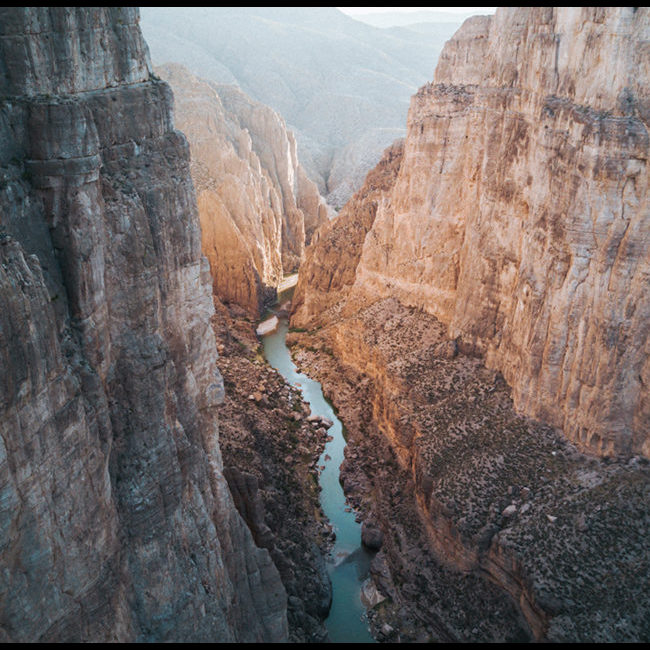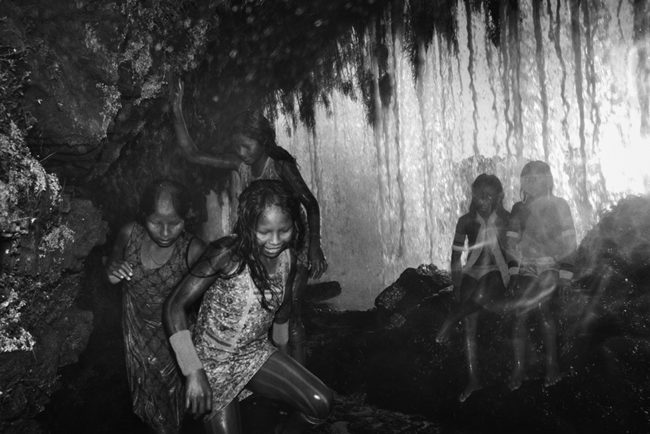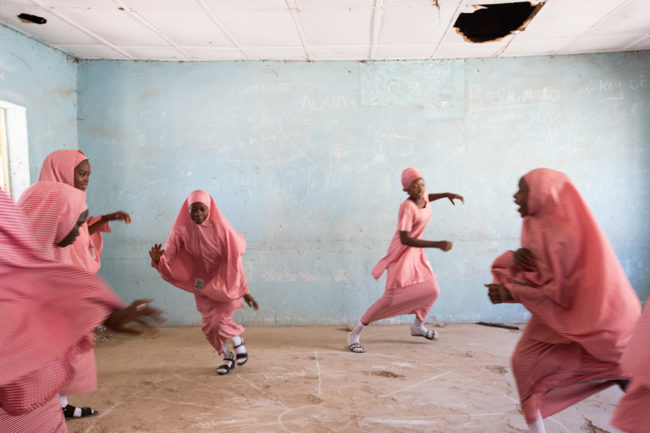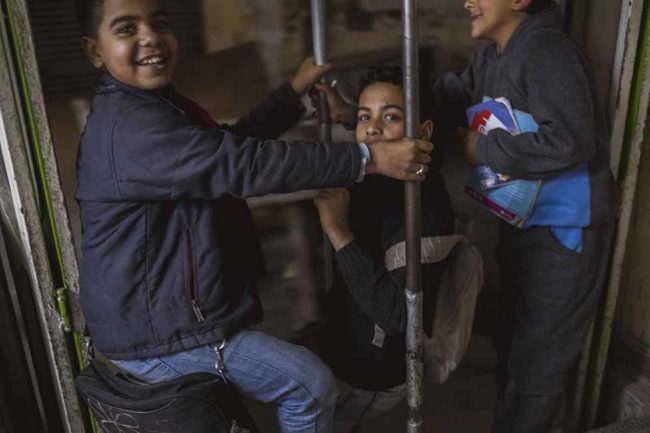A new exhibition at Howard Greenberg Gallery, Bruce Davidson, SUBJECT: CONTACT, features contact sheets and vintage prints from four seminal projects made in the 1950s and ‘60s. The projects – Circus, Brooklyn Gang, Time of Change, and East 100th Street – illustrate Davidson’s connection to some of the 20th century’s most important social, cultural, and political moments.
“Poetic and profound, powerful and tender, Davidson’s work derives its strength from the unique and long-lasting relationships he developed with his subjects, first gaining their trust, then allowing them to open up to him and his camera, before documenting their lives,” writes the gallery in a statement. “I stand to the side respectfully until I am invited in,” Davidson has said. “There is a lot of patience and stillness in the making of a photograph.”
Together the contact sheets and vintage prints provide a glimpse into Davidson’s immersive process, expanding the viewer’s appreciation of how his aesthetic and technical mastery resulted in the creation of some of the most powerful, personal images of his time.
1958: Circus
In 1958 Davidson spent weeks immersing himself in the everyday world of the performers in the three-ring circus at New Jersey’s Palisades Amusement Park. Drawn to backstage candid experiences, he depicted with dignity the loneliness and triumphs of lion tamers, a human cannonball, and, most famously, Jimmy Armstrong, a dwarf clown, who would come to be a close friend of Davidson’s.
1959: Brooklyn Gang
During the summer of 1959, having read about street fighting in Brooklyn, Davidson went in search of a gang to photograph. He found a group of rebellious teenagers called “The Jokers” and became one of the first photographers to explore and ingratiate himself with the alienated youth culture they represented. Over the course of many months, Davidson captured this nuanced world of outsiders.
1961-1965: Time of Change
In 1961, Davidson joined a group of Freedom Riders on the bus ride to Mississippi, as much a participant as he was a photographer. Through 1965, he captured the heart of the Civil Rights movement with photographs from Harlem to Chicago, the South to Washington D.C. His photographs from this critical moment in American history depict the struggle for justice and equality during a time of protests, marches and police violence as it unfolded around him.
1966-1968: East 100th Street
From 1966-68, Davidson spent two years documenting the neglected block, dire social conditions, and residents of East 100th Street in Manhattan. “My way of working,” Davidson has said, “is to enter an unknown world, explore it over a period of time, and learn from it.” His enduring portrait of a neglected subculture is suffused with humanity and depth.
Bruce Davidson, SUBJECT: CONTACT
Howard Greenberg Gallery
Through June 15, 2019
Related Articles
The Making of Bruce Davidson
Iconic Hip Hop Contact Sheets
What (and How) Photography Collectors Buy Now (for PDN subscribers; login required)
